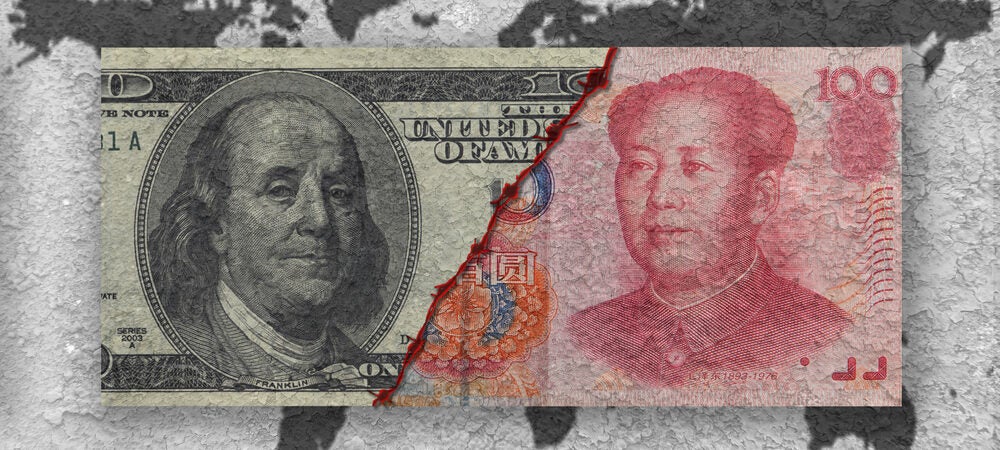To understand China — U.S. long-term trade relations, including the COVID-19 period and trade war, their analysis must be put in a historical context. This requires taking a broad perspective on long-term trends in China-U.S. economic relations, acknowledging the key role that the U.S. has played in the development of China’s economy and foreign trade after 1978, including China’s accession to the WTO.
Furthermore, more recent developments, and in particular the U.S.-China Economic and Trade Agreement concluded in February 2020, require attention as their protectionist nature can be regarded as a factor limiting the further development of China-U.S. trade relations. This could also affect their WTO trade partners. These historical as well as more recent events set the stage for viewing the effects of COVID-19 on China-U.S. trade relations.
This chapter, both in its theoretical and empirical layers, mainly applies the analyticaldescriptive method, but also uses the normative when the author shares his conclusions and opinions. Comparative analysis was used in commenting on the historical path of China’s development, its long term economic relations with the U.S. economy and their implications for the global economy. This was done bearing in mind political factors and the changing geopolitical environment.
The focus of the analytical section is predominantly on trade in goods, as this plays a key role in the build-up of China’s export surplus, which consequently leads to a widening of the international payment disequilibrium. Therefore, the bilateral trade balance and the factors shaping it in the long term are analysed. It is argued that its growing imbalance in favour of China has substantially contributed to international imbalances of payments and consequently to the P.R.C.-USA trade war.
While theoretically and methodologically the chapter is located in the area of international economics, application of an interdisciplinary approach and analysing how changing patterns of global political relations increasingly affect international economic relations is the key contribution of this chapter. In this context, the author builds on prior research on the opening mechanism of the Chinese economy, the specifics of its market transformation, theoretical and practical aspects of international payment imbalances as well as factors and determinants of China-U.S. economic relations within the changing pattern of the world economy and global political environment.
08_Starzyk_China_USA_final
To read the full chapter, click here

